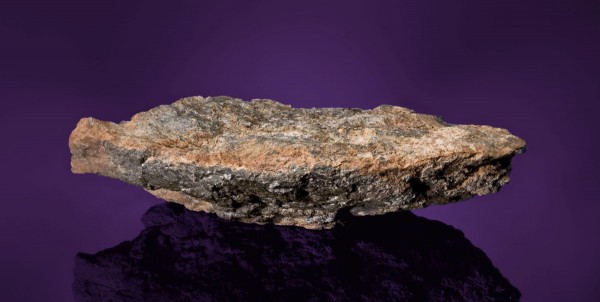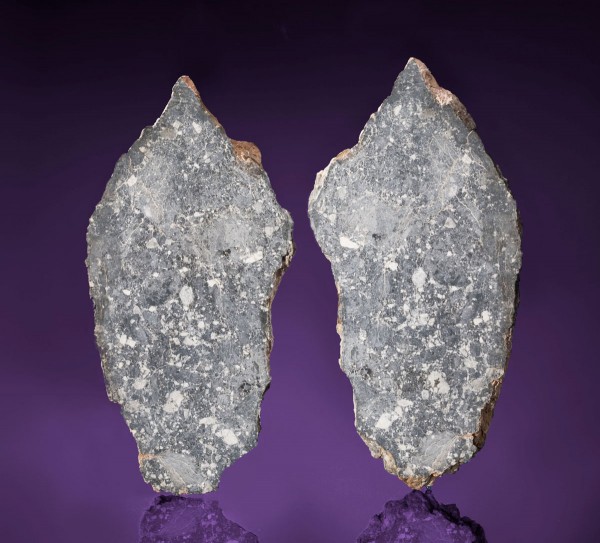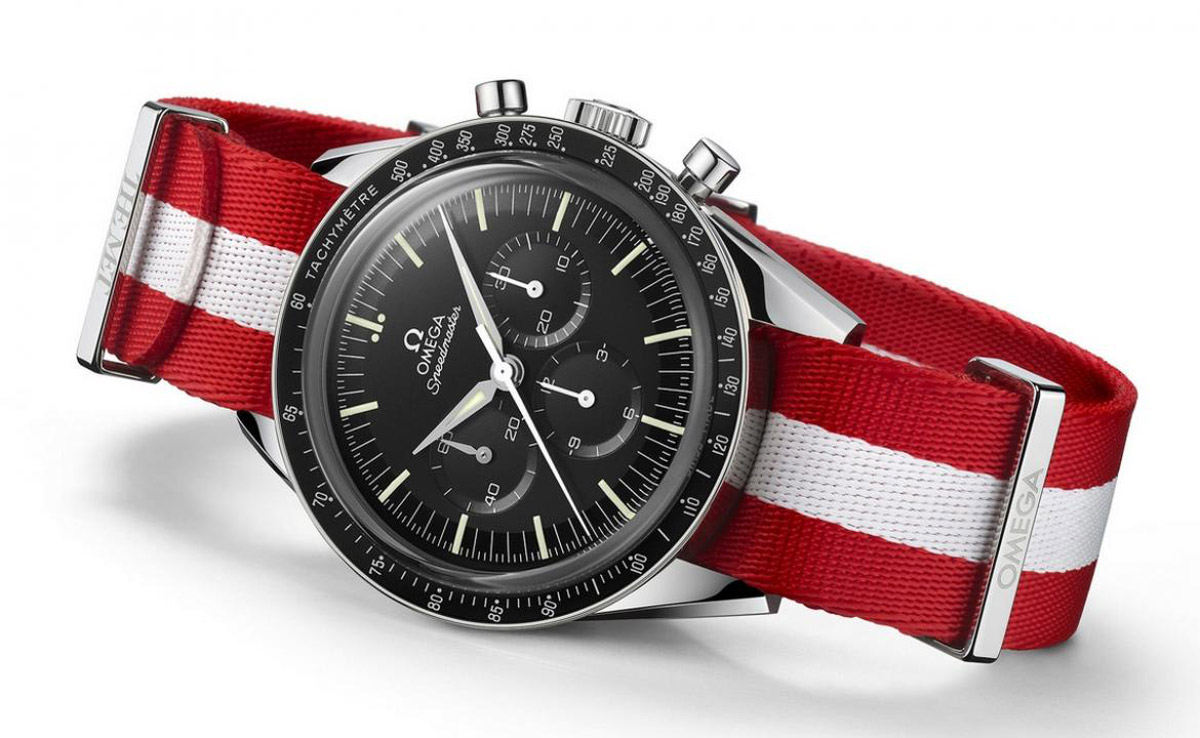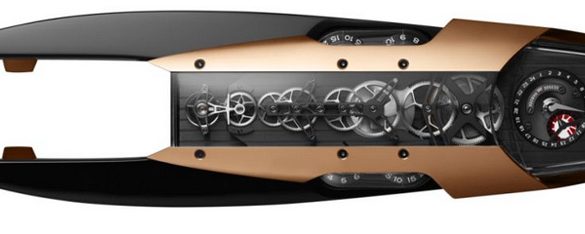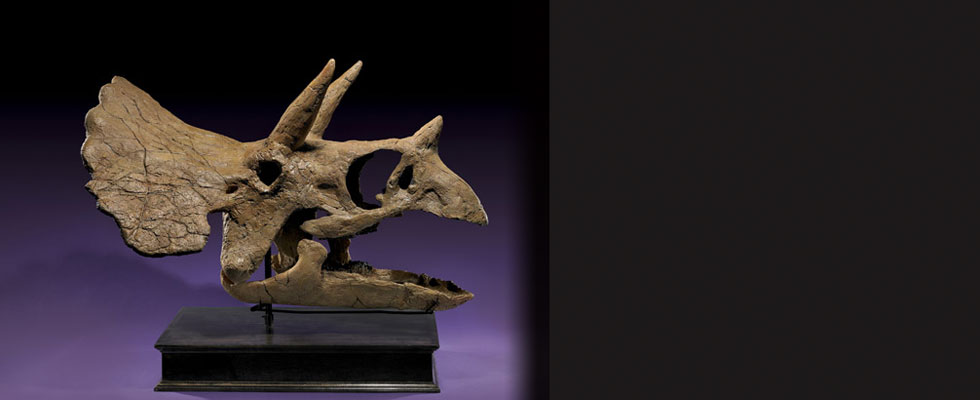The fourth largest portion of the Moon – a meteorite chunk, dubbed Dar al Gani (DAG) 1058 sold for $330,000 at Heritage Auctions New York sale, slightly less of its pre-auction estimated sales price of estimated price of $340,000 to $380,000. This lunar meteorite weights 1.779 kilograms (3.9 pounds) and size 116 x 238 x 58mm (4.5 x 9.25 x 2.25 inches) is thought to have been blown off the lunar surface after it repeatedly been smashed by numerous number of asteroids.
“The enthusiasm among collectors for these rare, aesthetic space rocks was just tremendous, and the top prices that collectors were willing to pay for the prime examples reflected that passion,” said Jim Walker, director of Nature & Science for Heritage Auctions.
The most hotly contested lot was a slice of the Seymchan meteorite, pieces of which were found in Siberia in the 1960s. The 9-inch-tall (23-cm-tall) slice, embedded with olivine crystals, went for $43,750, about 12 times its estimated sale price. Also, famed Peekskill meteorite, which was caught on film streaking across the sky over Peekskill, N.Y. in 1992 before smashing into the trunk of a car, went for $16,250.
“There was a great deal of interest from collectors in the middle section of the auction,” said Darryl Pitt, a meteorite consultant for Heritage. “We saw some superb examples well exceed their pre-auction estimates, in many cases more than double and triple.”
Some interesting celestial pieces that failed to sell are the Tissint meteorite — which originated on Mars and fell in Morocco last year — as well as an iron meteorite that looks like a howling face and was found in the Kalahari Desert in southern Africa, valued at $175,000 to $225,000.
Billed as the world’s largest meteorite auction – Heritage Auctions’ Natural History Signature Meteorite Auction, held in New York on October 14th, offered more than 125 meteorites, and totalling brought more than $1 million in.

